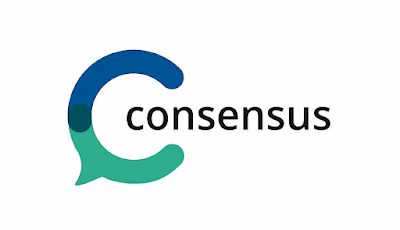"In the absence of knowledge, assumptions fill the void—where clarity is lacking, rumors take root, and uncertainty breeds misdirection." - Eric Sheninger
Imagine trying to navigate a maze blindfolded, with no idea where you're going or what obstacles lie ahead. Frustrating, right? Now, picture having a leader who hands you the map, explains the terrain, and guides you step by step. With transparency, confusion and hesitation melt away, replaced by confidence and trust in every move. That's the power of transparent leadership.
Leading with clarity is not just about providing direction—it's about creating a culture where trust thrives, decisions are transparent, and every voice is empowered to contribute to the bigger vision.
Being a transparent leader isn’t just a style; it’s a commitment to honesty, openness, and integrity, something I elaborate on in Digital Leadership. It involves sharing information, developing trust, and creating an environment where everyone knows the direction and goals of the organization. Trust is foundational to effective leadership, and transparency serves as a critical enabler (Burke, Sims, Lazzara, & Salas, 2007). Transparency builds trust within a team by eliminating hidden agendas and making sure everyone is on the same page. Studies have found that when leaders communicate openly and clearly about organizational goals and challenges, people are more likely to feel connected to the vision and motivated to contribute (Men, 2014). When leaders communicate openly about decisions, challenges, and the reasoning behind certain actions, they empower their staff with a sense of ownership and purpose.

When leaders are transparent, they encourage accountability across the board. According to Schaubroeck et al. (2011), leaders who model transparent behavior by sharing both successes and failures create an environment where accountability is embraced at all levels. People feel more motivated to meet expectations because they understand the "why" behind their work. It also strengthens relationships because staff members know they can count on their leader to be honest, even when the news isn’t good. This creates a culture of open communication, where ideas and feedback flow freely, leading to innovation and growth.
Decision-making is also enhanced. Research by Avolio, Walumbwa, and Weber (2009) highlighted that transparent leaders encourage participative decision-making, improving the quality of decisions and enhancing staff embracement of ideas, strategies, and new initiatives. When people are involved in or aware of the decision-making process, they provide more insightful feedback and are more likely to support the final decision. This leads to smoother implementation and fewer obstacles down the road.
In a world where trust is often hard to come by, transparent leaders shine as beacons of honesty and integrity. They build stronger, more resilient teams and cultivate an atmosphere of clarity, accountability, and growth. By opening the doors of communication, transparent leaders don't just inspire loyalty—they inspire greatness. So, take off the blindfold, share the map, and lead with transparency. Your people—and your organization—will be better for it.
Avolio, B. J., Walumbwa, F. O., & Weber, T. J. (2009). Leadership: Current theories, research, and future directions. Annual Review of Psychology, 60(1), 421-449.
Burke, C. S., Sims, D. E., Lazzara, E. H., & Salas, E. (2007). Trust in leadership: A multi-level review and integration. The Leadership Quarterly, 18(6), 606-632.
Men, L. R. (2014). Strategic internal communication: Transformational leadership, communication channels, and employee satisfaction. Management Communication Quarterly, 28(2), 264-284.
Schaubroeck, J., Lam, S. S. K., & Peng, A. C. (2011). Cognition-based and affect-based trust as mediators of leader behavior influences on team performance. Journal of Applied Psychology, 96(4), 863-871.

























